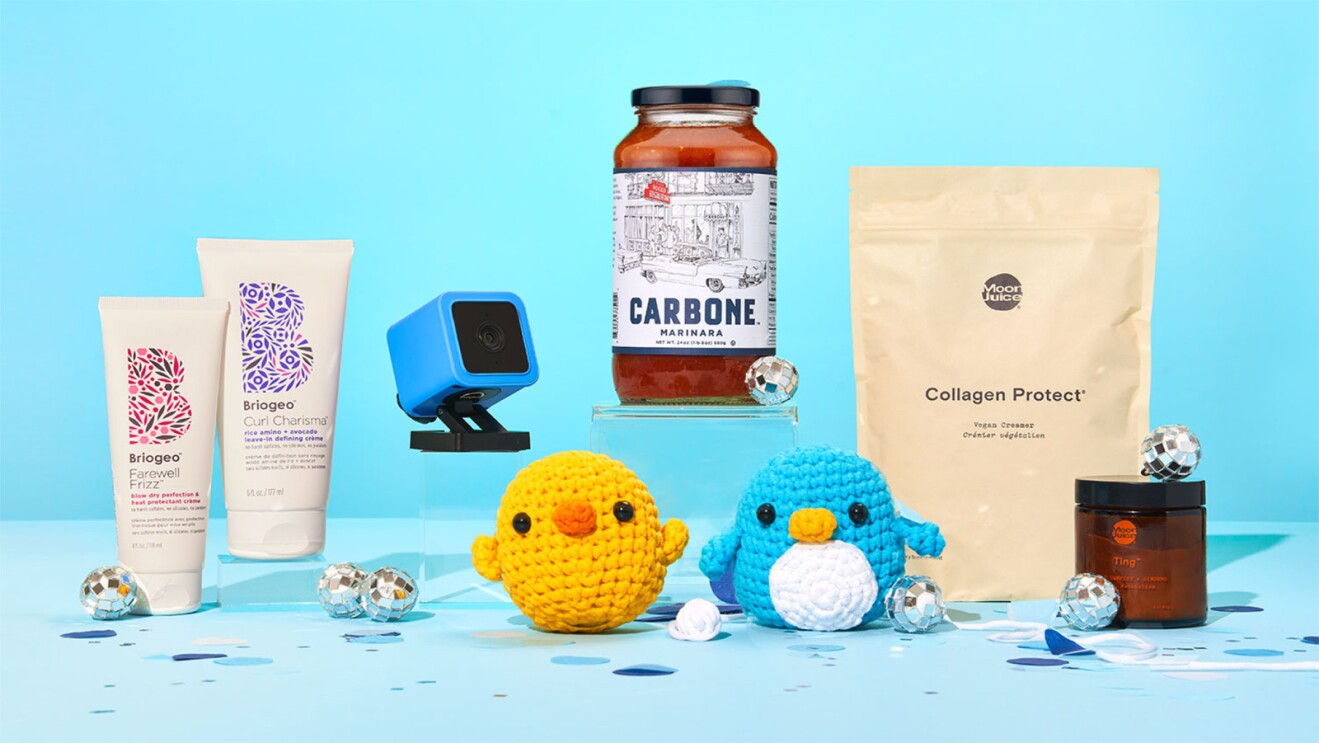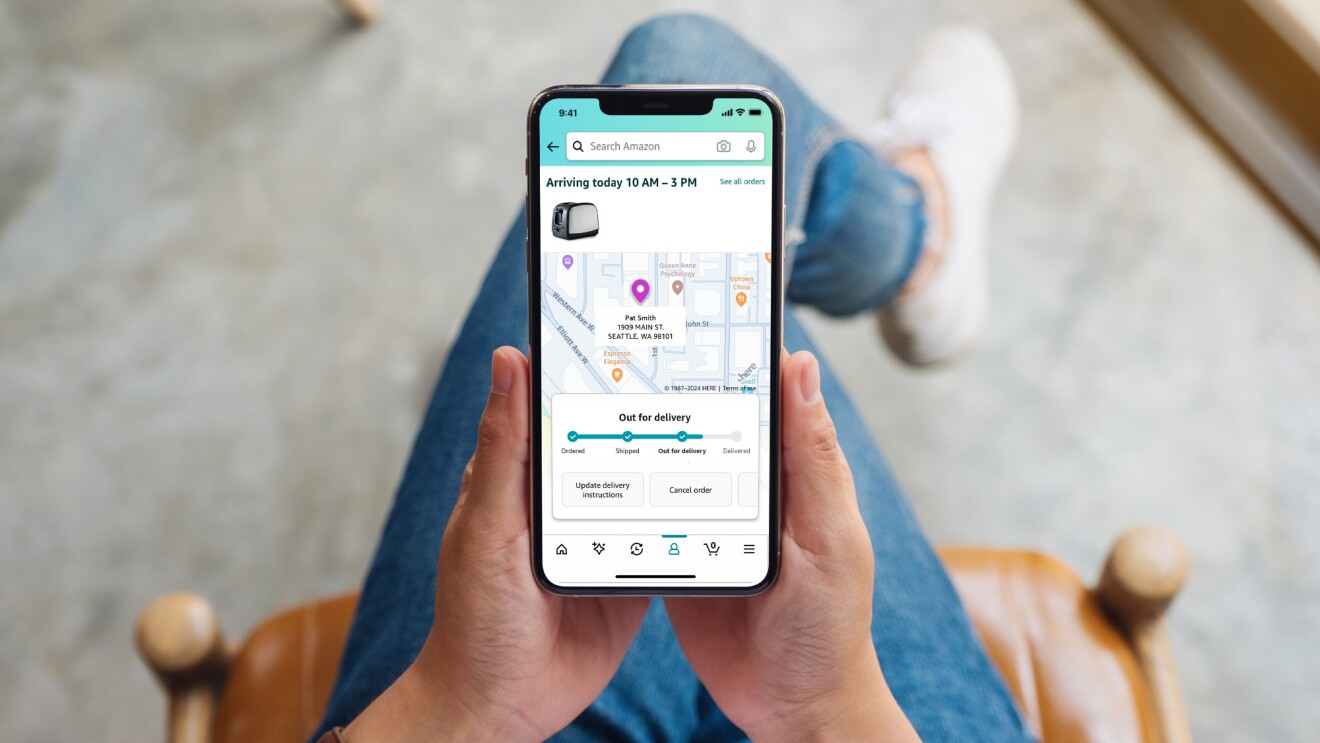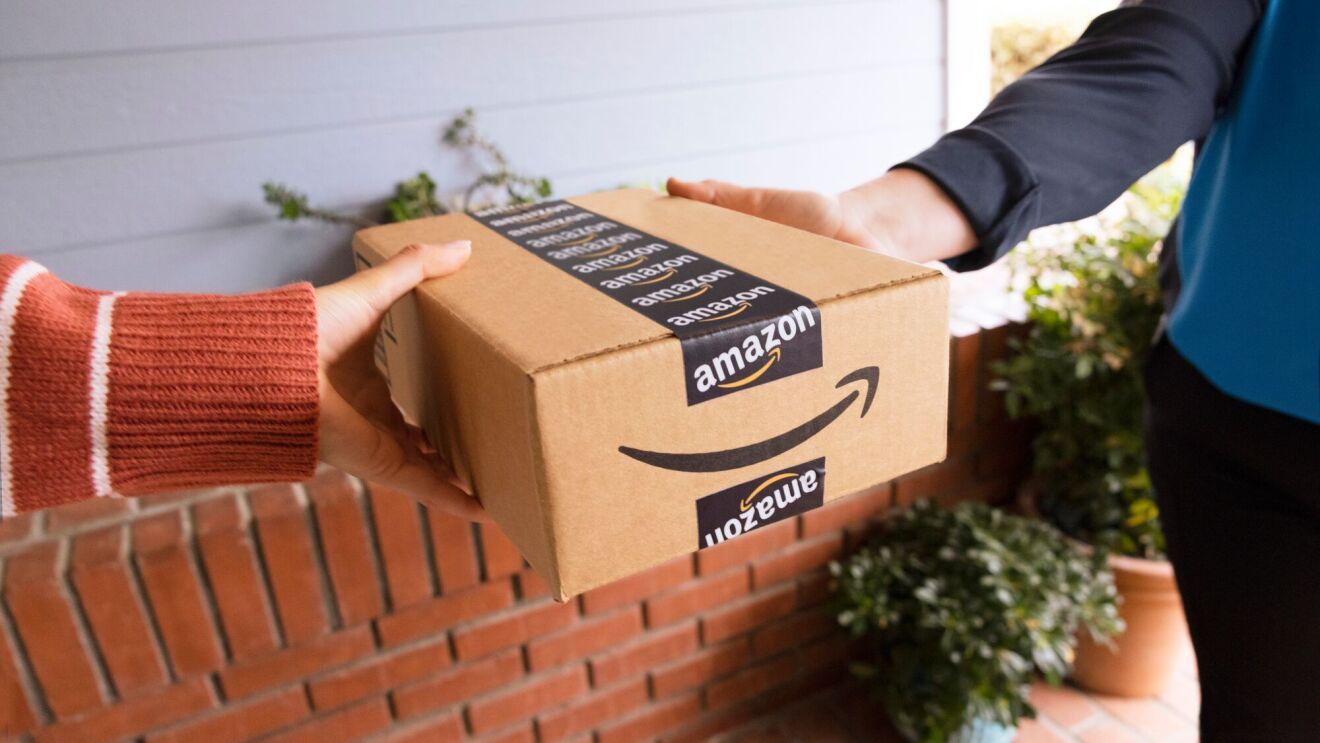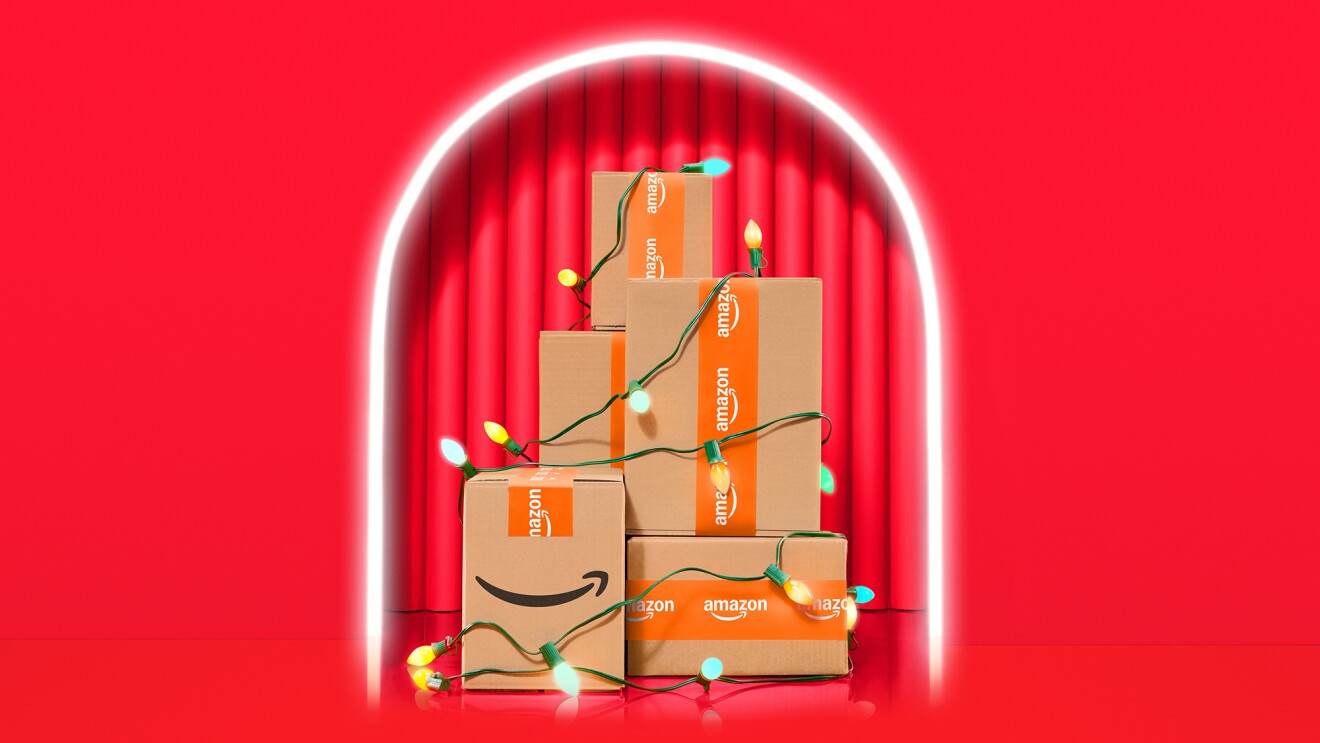I get asked from time to time what makes Amazon such a successful company. The answer to that question, I think, is that we have a culture-heavy company built around our Leadership Principles. These principles are not just for show. They inform how we want to operate and make decisions in every meeting we attend, every document we write and read, and every plan we put together.
In our Invent and Simplify Leadership Principle, there’s an idea I really like: “As we do new things, we accept that we may be misunderstood for long periods of time.” It means that we’re comfortable taking the long-term view to building products or services to make our customers’ lives better, even if some people don’t understand why we’re doing it.
I’ve seen this happen time and time again, and sometimes I’ve even been on the other side of not understanding. When we launched Amazon Prime in 2005—the same year I joined Amazon—I remember balking at the idea that customers were going to spend $79 a year for free, two-day shipping on millions of items. I wasn’t alone in my skepticism—analysts thought it would bankrupt us. Today, Amazon has more than 200 million paid Prime members around the world, and we made fast, free delivery the norm. And, as an avid Prime member myself, I can tell you that Prime—and especially the tens of millions of products available with same-day or next-day delivery—makes my family’s life easier every day.
Adding independent sellers to our online store is another great example of being misunderstood. In 1999, we built an auction functionality for independent sellers, but our customers didn’t use it. On our second try, we launched something called “zShops,” which let sellers open dedicated “storefronts” inside Amazon. It was like a virtual mall with Amazon Retail as the anchor store. But customers preferred the Amazon Retail store and didn’t visit the other storefronts. On our third try, we finally cracked the code when we welcomed sellers—many of whom are small and medium-sized businesses—directly into our Amazon Store and onto our Amazon detail pages, competing with our first-party retail products. There were plenty of people who thought inviting that level of competition in our store was a terrible idea (including people on our Retail team!). But customers loved the additional selection, and the competition drove even lower prices and greater value. Today, it’s impossible to imagine an Amazon customer experience without our millions of sellers.
Launching Amazon Prime and independent sellers on Amazon were big bets that a lot of people didn’t understand at first. It’s the same thinking that we’re bringing to one of our latest big ideas, one that I’m incredibly excited about: Buy with Prime.
Put simply, Buy with Prime allows brands—big and small—to offer fast, free delivery to Prime members on their own websites, powered by the same fulfillment network behind Amazon. We know that brands are busy. They’re running their businesses, making and ordering products, advertising—the list goes on. Buy with Prime handles what Amazon already does so well—payment processing, product storage, packing, delivery, and returns—all through our vast fulfillment network. We know from Amazon that customers buy more when they can get free One-Day and Two-Day Prime delivery. We are betting Buy with Prime will increase sales on the brands’ own websites, as well. It’s still very much in its early days, but I’m excited by the results we’re seeing so far, which show an average 25% conversion rate uplift on websites that use Buy with Prime.
We’re back to being misunderstood. Buy with Prime is making a lot of people scratch their heads. When I tell people about the program, a typical response is, “Are you sure you want Prime members shopping off of Amazon?” We are. Even though Buy with Prime might draw customers to other brands’ websites instead of Amazon, we think it’s the right thing to do for customers. If customers use Buy with Prime on another website, they’re still benefitting from their Prime membership, which at the end of the day is making their lives better and easier. I look forward to the day that Prime members will see Buy with Prime buttons across the internet—and be able to enjoy fast free delivery whether they shop on or off Amazon. Those will be happy Prime members. And happy Prime members will be loyal Prime members.

As a customer, I love using Buy with Prime. Last week, I visited the online retailer Pet MD and bought Riley’s Beef Collagen Stick treats for my dog, Felix, at 9 p.m., using Buy with Prime. We were both amazed and delighted when it arrived at 1:24 p.m. the very next day. To share the love, ahead of this Prime Day, I’m excited that for the first time ever, merchants across a variety of popular categories (including tech, wellness, and pets, to name a few) are offering Prime Day deals on their own websites, including sauces from Carbone; equipment from Pickleball Central; and cameras, routers, and doorbells from Wyze. I’m also counting on being misunderstood for this one. Encouraging customers to check out deals at stores beyond Amazon is going to feel funny to some, but if it’s good for customers—and we’re convinced it is—then it’s the right thing to do.
Trending news and stories










